How can we make STEM subjects more engaging for students?
Futurum
JANUARY 24, 2023
This usually means a university student who is in training to become a teacher Self-learning — an approach to learning where students teach themselves by following instructions and figuring out answers on their own STEM — subjects related to science, technology, engineering and mathematics When did you last make something in school?

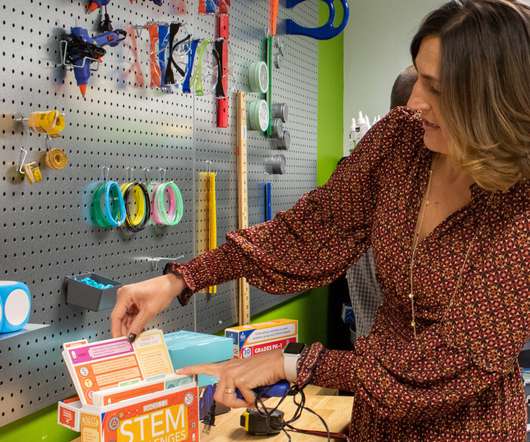
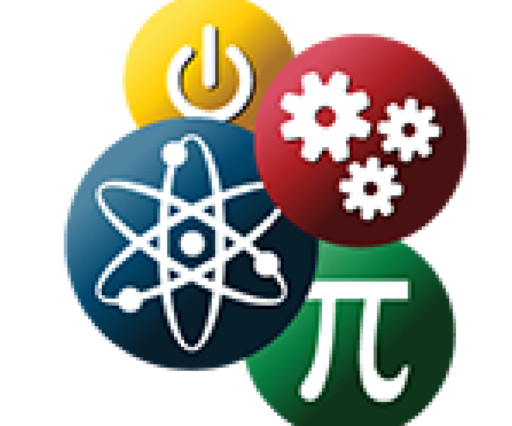
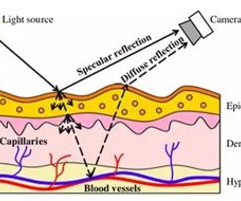
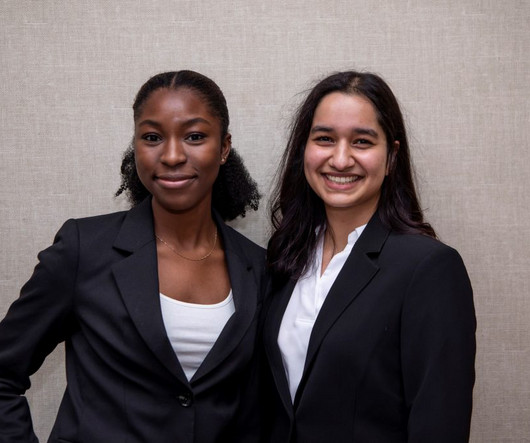
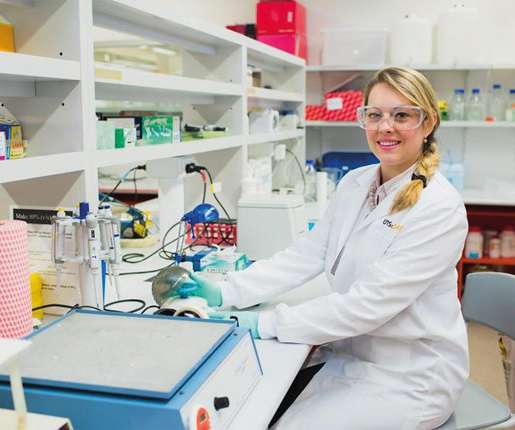
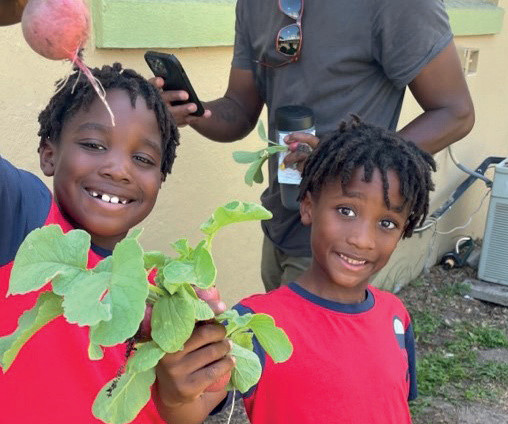

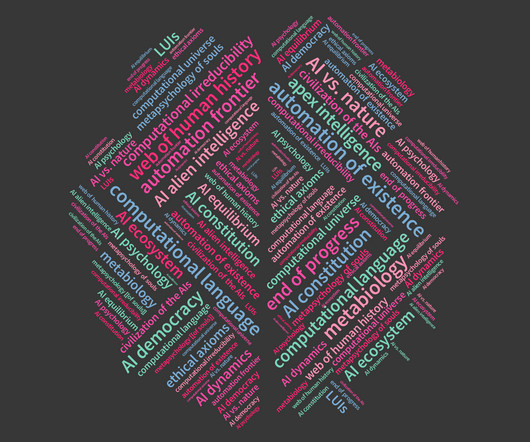
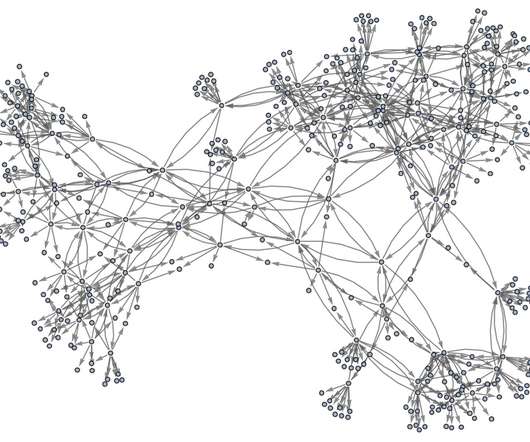
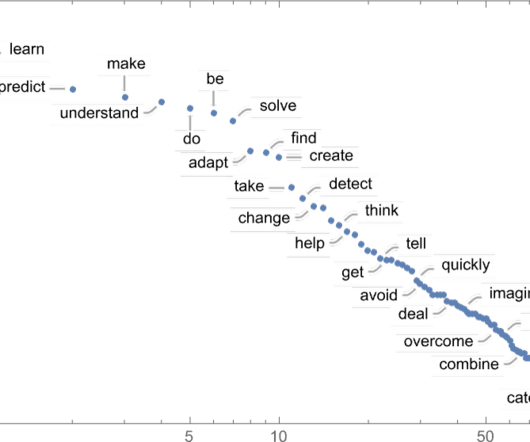






Let's personalize your content